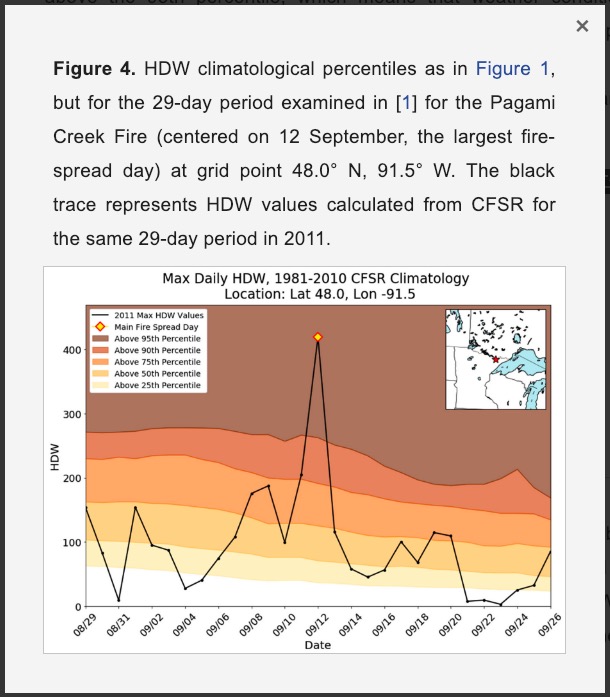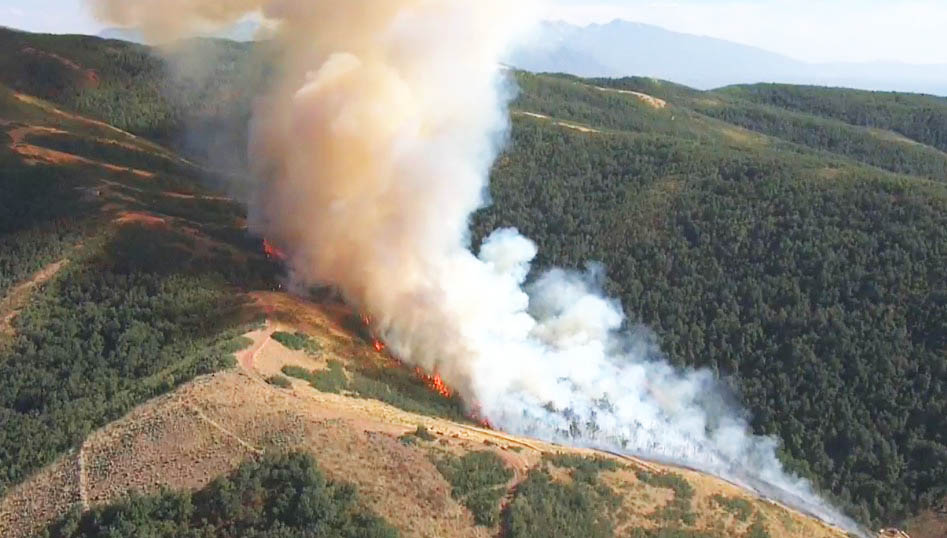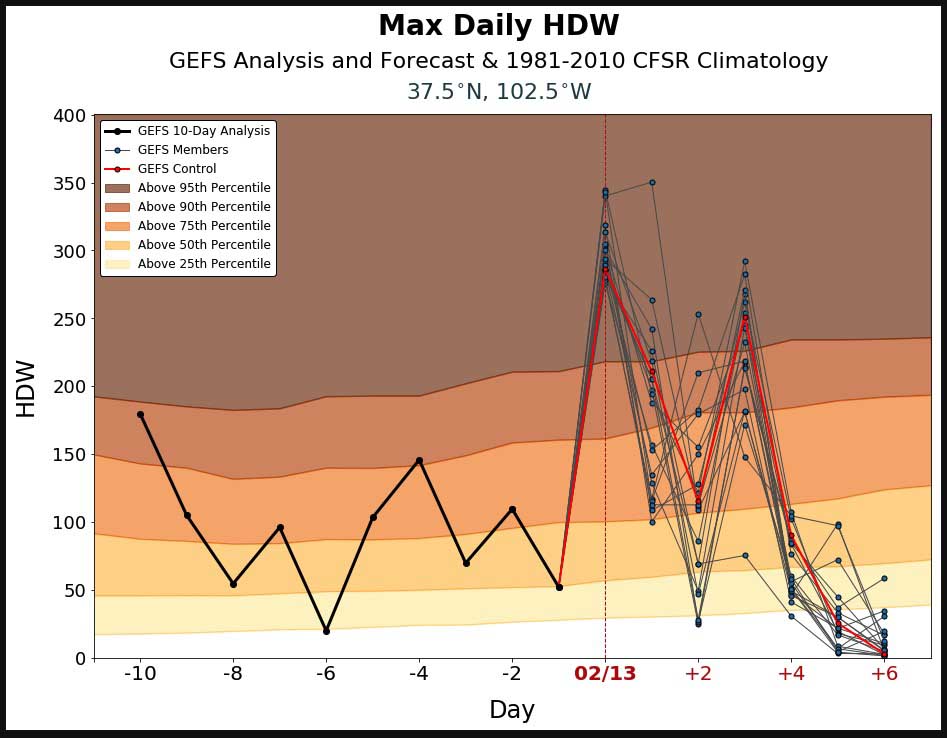
The Hot-Dry-Windy Index (HDW) is a new tool for firefighters to predict weather conditions which can affect the spread of wildfires.
It is described as being very simple and only considers the atmospheric factors of heat, moisture, and wind. To be more precise, it is a multiplication of the maximum wind speed and maximum vapor pressure deficit (VPD) in the lowest 50 or so millibars in the atmosphere.
On a website bearing the logos of the U.S. Forest Service, Michigan State University, and St. Cloud State University, you can click on the map to display the HDW for any area in the contiguous United States. Then the displayed chart shows the index for the preceding 10 days and the forecast for the next 7 days. For the current and following days you will see results of the Global Ensemble Forecast System (GEFS), which is a weather forecast model made up of 21 separate forecasts, one control (in red) and twenty perturbations. The reasoning for showing 21 different forecasts is to quantify the amount of uncertainty in a forecast by generating an ensemble of multiple forecasts, each minutely different, or perturbed, from the original observations.
The HDW only only uses weather information – fuels and topography are not considered by HDW at all. If the fuels are wet or have a high live or dead moisture content it will not be reflected in the data.
Another thing to keep in mind is that the rating which is shown on the percentile gradient compares the HDW to the average for that date, from 1979 to 2012, at that location on a 0.5-degree long/lat grid spacing, rather than to a year-long average.
Yesterday, February 13, the CR34 fire in southeast Colorado burned 3,800 acres. Judging from the way the smoke column was laying over it was pretty windy.
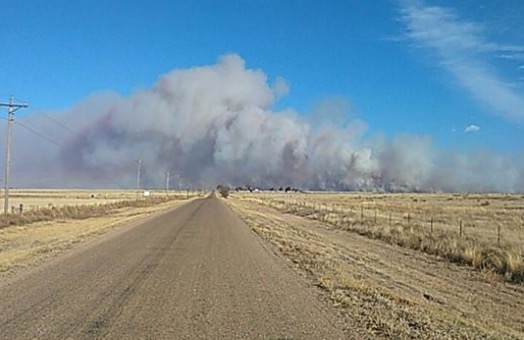
At the top of this page is the HDW prediction for yesterday at the location of the CR34 Fire, showing the predicted index for February 13 above the 95th percentile for that date.
The actual HDW below is centered on the most active day on the Pagami Creek Fire which was managed, rather than suppressed, for 25 days, until it ran 16 miles on September 12, 2011 eventually consuming over 92,000 acres of the Boundary Waters Canoe Area Wilderness in Minnesota. Eight USFS employees were caught out in front of the fire in canoes, with some of them having to deploy fire shelters. Like for the CR34 Fire, the HDW was well above the 95th percentile for the date.
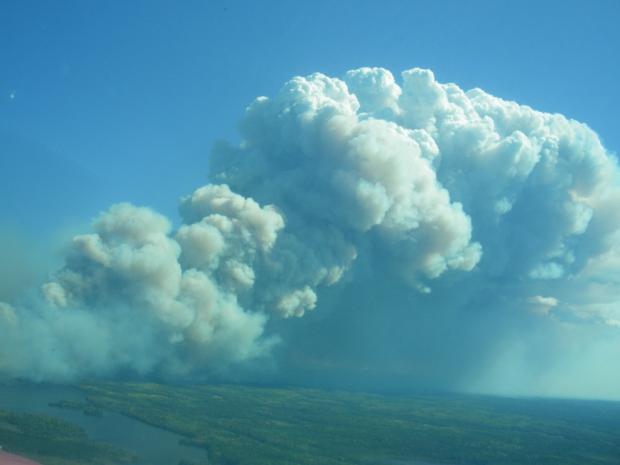

Last year a paper was published about the Hot-Dry-Index, written by Jessica M. McDonald, Alan F. Srock, and Joseph J. Charney.
UPDATE: February 20, 2019: Brian Potter, a research meteorologist with the U.S. Forest Service, provided some preliminary results looking at how HDW performed during the 2017 Chetco Bar Fire in Oregon, as well as how the Haines index performed during that fire.

